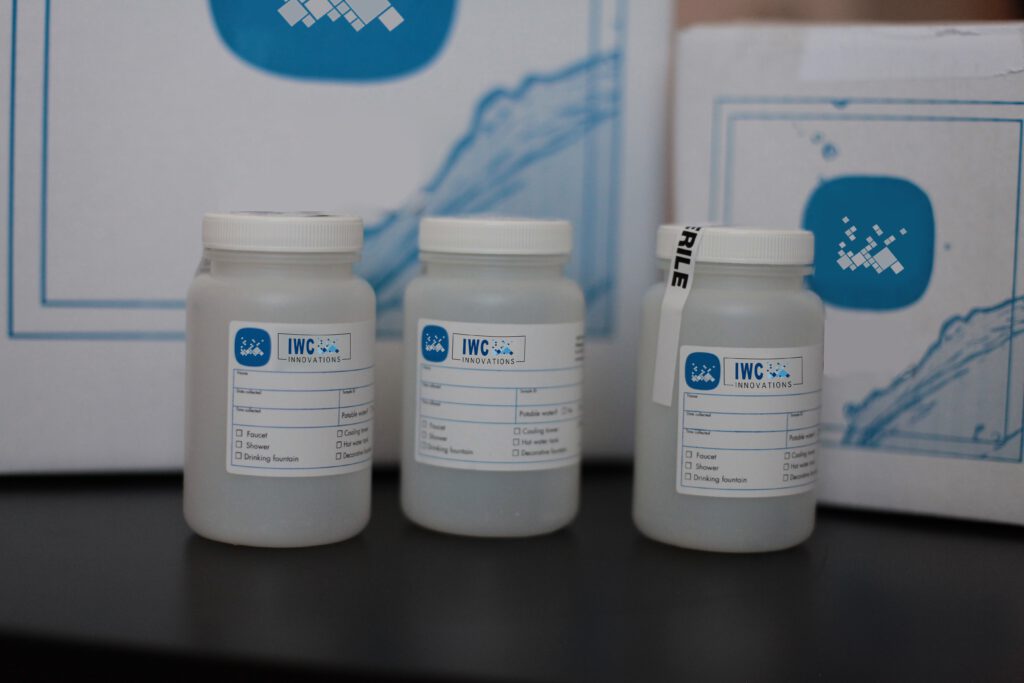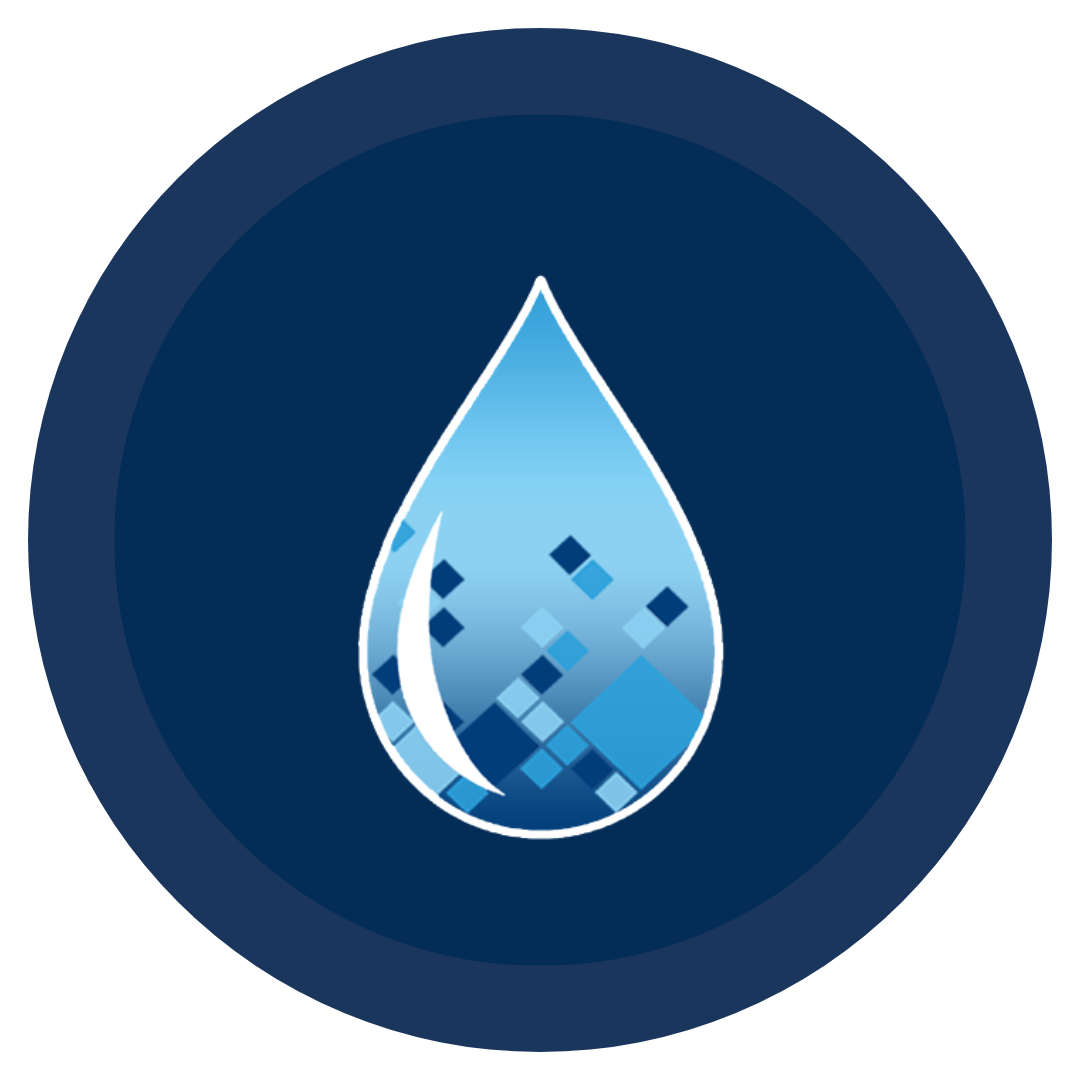Legionella bacteria can pose serious health risks when present in water systems, making Legionella servicing a crucial aspect of facility management. Regular Legionella testing is essential to ensure water safety and compliance with regulations. In this blog, we’ll explore the requirements for Legionella testing, including how often it should be done and the methods used for testing.
Is Legionella Testing Required?
The requirement for Legionella testing depends on various factors including the type of facility, local regulations, industry standards, and risk assessment. In many jurisdictions, there are no specific mandates for Legionella testing. However, certain facilities may be subject to regulations or guidelines that require testing. Below are some scenarios where Legionella testing might be required or recommended:
- Healthcare Facilities: Hospitals, nursing homes, and other healthcare facilities may be required by regulatory agencies or professional associations to conduct Legionella testing as part of their water management plans to protect vulnerable patients.
- Cooling Towers: Facilities with cooling towers, such as industrial plants, commercial buildings, or large institutions, may have regulations or guidelines that mandate regular Legionella testing due to the potential for aerosolized bacteria from cooling tower drift.
- Public Health Concerns: In areas where there have been outbreaks of Legionnaires’ disease or where there is a known risk of Legionella contamination in the water supply, public health authorities may require testing of certain facilities to monitor and mitigate the risk.
- Building Management Standards: Some building management standards or certification programs, such as LEED (Leadership in Energy and Environmental Design), may include requirements or recommendations for Legionella testing as part of overall water management strategies.
- Employer Responsibilities: Employers have a duty to provide a safe working environment for their employees. In certain industries or workplaces where there is a potential risk of Legionella exposure, employers may choose to conduct testing as part of their occupational health and safety measures.
Facility managers and owners need to stay informed about local regulations and industry best practices regarding Legionella testing. Even in the absence of specific requirements, conducting risk assessments and implementing appropriate water management plans, which may include periodic Legionella testing, can help mitigate the risk of Legionella contamination and protect public health.
How Often Should Legionella Testing Be Done?
There’s no one-size-fits-all answer to how often Legionella testing should be done. The frequency of Legionella testing depends on various factors including the type of facility, its water systems, and regulations or guidelines established by local authorities or relevant organizations. Here are some general recommendations:
- Risk Assessment: Conduct a risk assessment of your facility’s water systems to identify potential sources of Legionella growth. This assessment will help determine the frequency of testing required.
- Regulatory Requirements: Check with local health departments or regulatory agencies to see if there are specific guidelines or regulations regarding Legionella testing for your type of facility. Some jurisdictions may mandate regular testing for certain facilities like healthcare facilities, nursing homes, or cooling towers.
- Type of Facility: Facilities with complex water systems, such as hospitals, hotels, nursing homes, and buildings with cooling towers, are at higher risk for Legionella growth and may require more frequent testing.
- Previous Test Results: If previous tests have shown elevated levels of Legionella or if there have been cases of Legionnaires’ disease associated with the facility, more frequent testing may be necessary to monitor the effectiveness of control measures.
- Water Management Plan: Develop and implement a water management plan that includes measures to prevent Legionella growth, such as maintaining appropriate water temperatures, minimizing water stagnation, and ensuring proper disinfection procedures. The frequency of testing can be based on the effectiveness of these control measures.
- Seasonal Variations: Consider seasonal variations in temperature and water usage, as these can affect the growth of Legionella bacteria. Increased testing during warmer months may be warranted.
We recommend that facilities conduct a risk assessment, adhere to regulatory requirements, and implement a comprehensive water management plan tailored to your facility’s specific needs to help reduce your risk of Legionella bacteria. Regular monitoring and adjustment of testing frequency based on risk factors and control measures are key to effectively managing Legionella risks.
How to Test for Legionella in Water
There are several methods for testing water for Legionella bacteria, including those recommended by the CDC. Here’s an overview of Legionella testing methods:
Culture Testing: This is the traditional method for detecting Legionella in water samples. It involves collecting water samples and incubating them on selective media in a laboratory to encourage the growth of Legionella bacteria. After incubation, the colonies are examined under a microscope or subjected to further testing for confirmation. Culture testing is considered the gold standard for Legionella detection but can take several days to produce results.
Polymerase Chain Reaction (PCR): PCR is a molecular biology technique used to detect the presence of Legionella DNA in water samples. It amplifies specific DNA sequences of Legionella bacteria, allowing for rapid and sensitive detection. PCR testing can provide results within hours and is increasingly being used alongside or as an alternative to culture testing, especially in outbreak investigations or when timely results are critical.
When conducting Legionella testing, it’s essential to follow recommended sampling protocols and guidelines to ensure accurate results. The CDC provides guidance on Legionella testing methods and sampling strategies to help facilities and laboratories effectively detect and mitigate the risk of Legionella contamination in water systems. These guidelines may include information on sample collection, preservation, transport, and laboratory analysis techniques specific to Legionella testing.
What are the OSHA Standards for Legionella?
OSHA doesn’t have specific standards for Legionella bacteria in water systems. However, OSHA may reference guidelines from other organizations, such as the American Society of Heating, Refrigerating and Air-Conditioning Engineers (ASHRAE) or the CDC, for recommendations on controlling Legionella hazards in the workplace.
OSHA’s General Duty Clause requires employers to provide a safe and healthful workplace, which may include taking measures to prevent employee exposure to Legionella bacteria. Employers are expected to assess the risk of Legionella contamination in their facilities’ water systems and implement appropriate control measures to minimize the risk of Legionnaires’ disease.
The acceptable levels of Legionella in water systems can vary depending on the type of facility and its intended use. While there are no universally accepted numerical standards for Legionella levels in water, organizations such as ASHRAE and the CDC provide guidelines and recommendations for managing Legionella risks in building water systems.
ASHRAE Standard 188, “Legionellosis: Risk Management for Building Water Systems,” outlines a risk management approach to preventing Legionella growth and transmission in building water systems. It emphasizes the importance of developing and implementing a comprehensive water management program that includes measures to control Legionella contamination, such as regular monitoring, maintenance, and disinfection of water systems.
The CDC’s toolkit, “Developing a Water Management Program to Reduce Legionella Growth and Spread in Buildings,” provides guidance for building owners and managers on implementing water management programs to reduce the risk of Legionella contamination. While the CDC doesn’t specify numerical limits for Legionella in water, it recommends maintaining water temperatures outside the optimal range for Legionella growth (below 77°F or above 122°F) and implementing control measures based on risk assessments of building water systems.
Overall, while OSHA doesn’t have specific numerical standards for Legionella in water systems, employers are expected to follow industry best practices and guidelines from organizations such as ASHRAE and the CDC to protect workers from Legionella exposure. These guidelines emphasize the importance of proactive risk management and the implementation of comprehensive water management programs to control Legionella hazards in the workplace.
Safeguarding Water Systems with IWC Innovations for Legionella Management
Overall, effective management of Legionella bacteria in water systems is crucial for ensuring the safety of occupants and compliance with regulations. While Legionella testing frequency lacks universal standards, factors such as facility type, regulatory requirements, and risk assessments play crucial roles in determining testing schedules. To address this challenge, IWC Innovations offers comprehensive solutions tailored to each facility’s unique needs.
By conducting thorough risk assessments and adhering to regulatory guidelines, facility managers can implement water management plans that include regular Legionella testing. Utilizing recommended testing methods such as culture testing, PCR, and immunological methods ensures accurate detection of Legionella in water samples. Although OSHA lacks specific standards for Legionella, employers are expected to follow industry best practices outlined by organizations like ASHRAE and the CDC.
Through proactive measures and the adoption of innovative solutions from IWC Innovations, facilities can effectively manage Legionella risks, safeguard public health, and maintain water safety standards.




